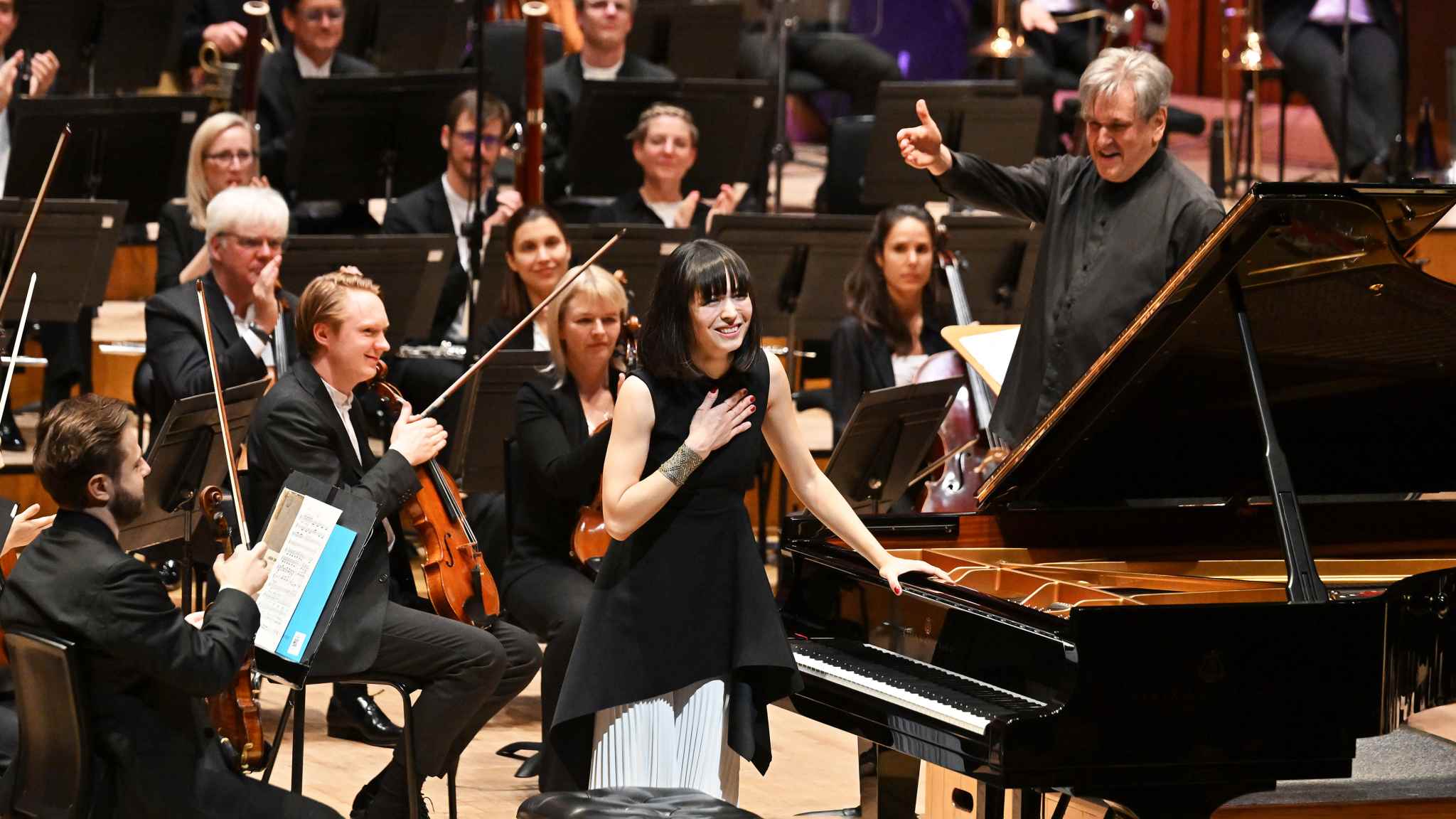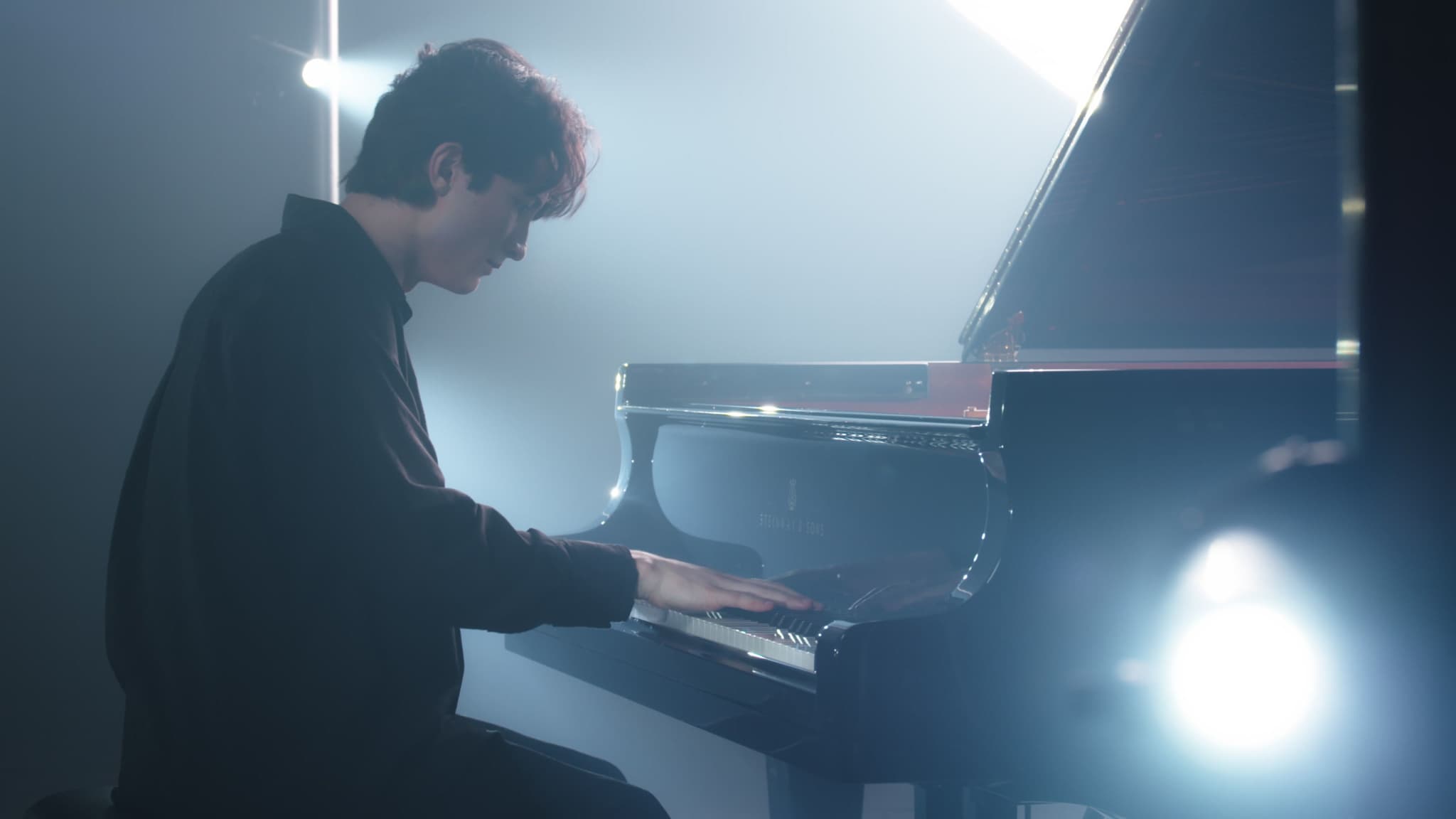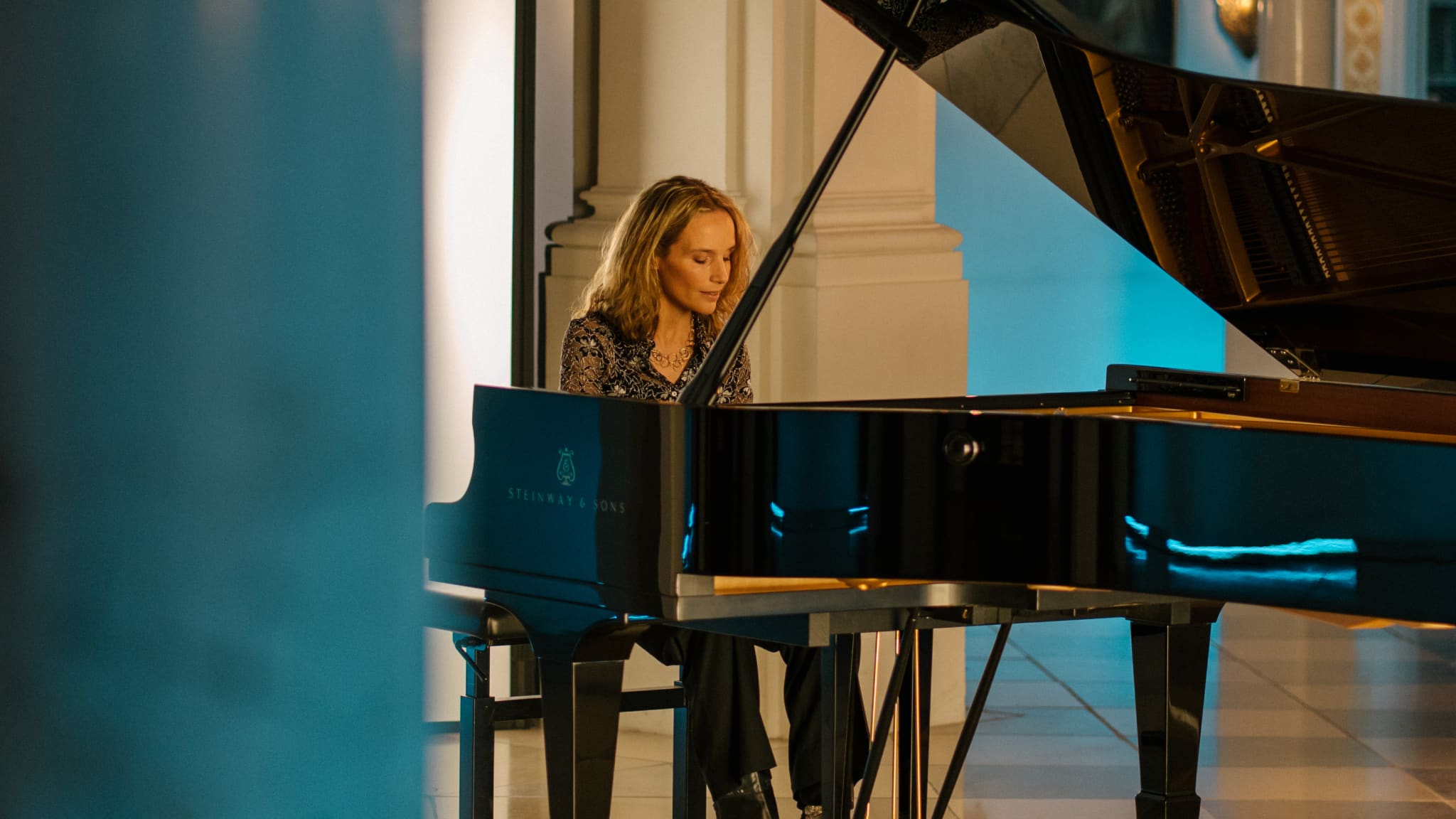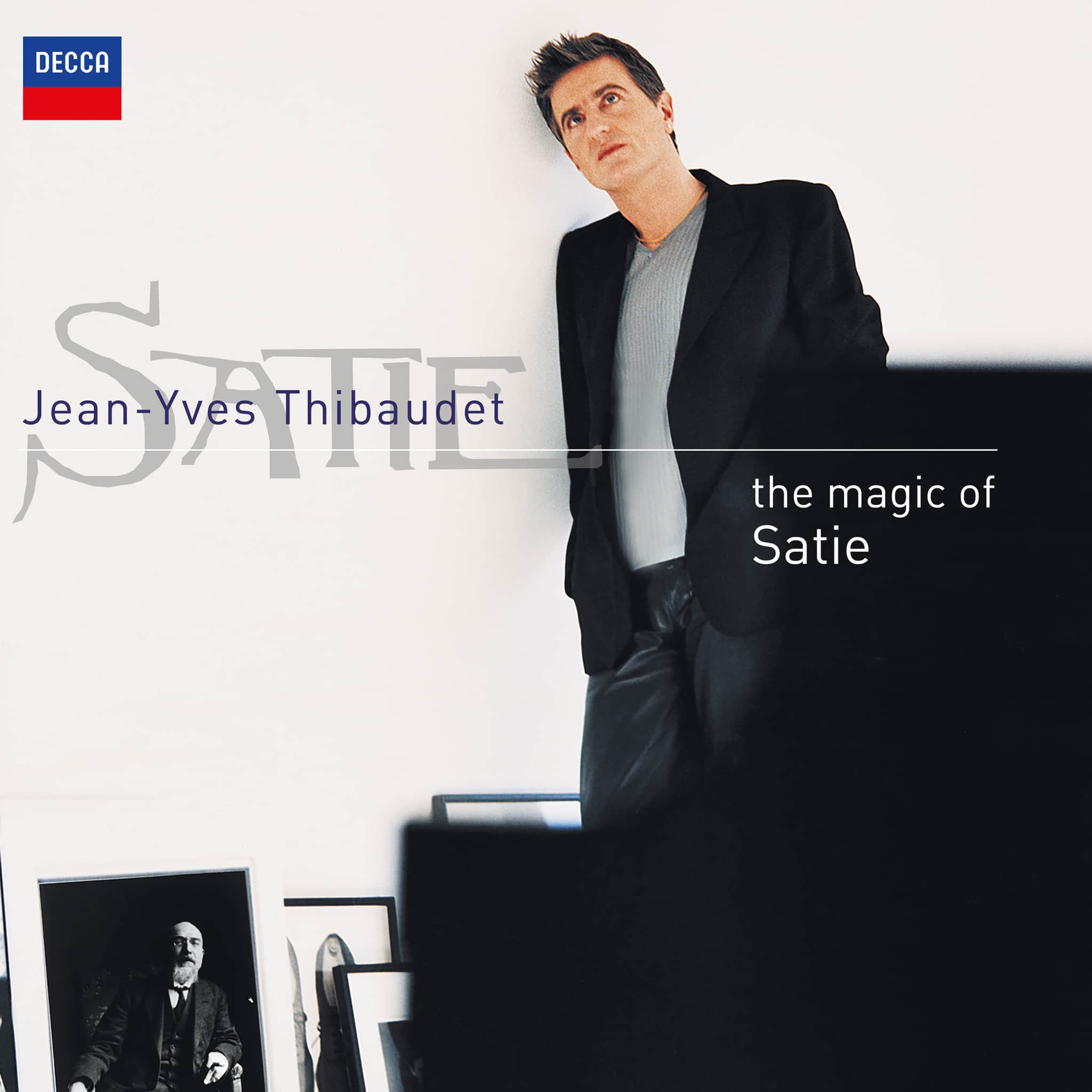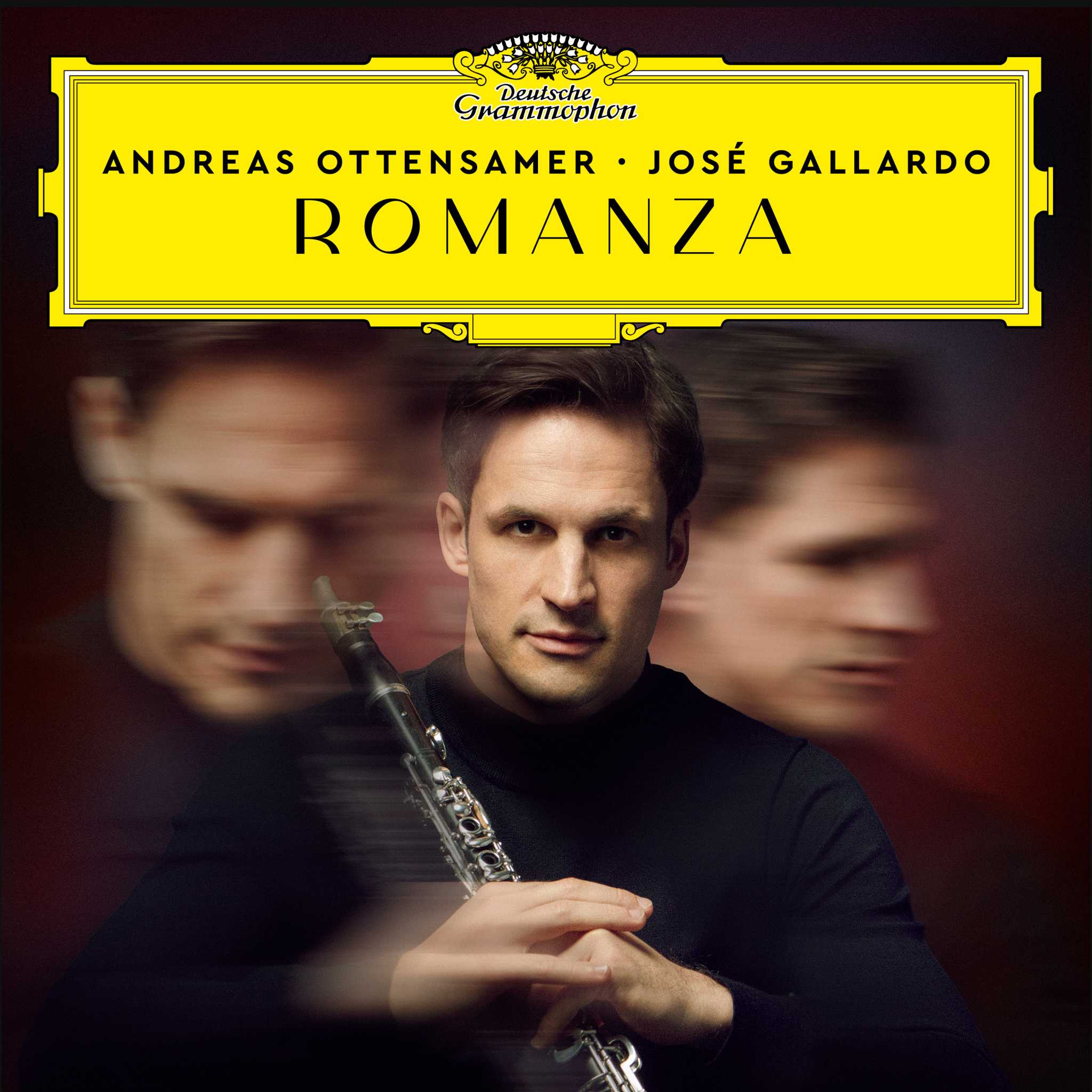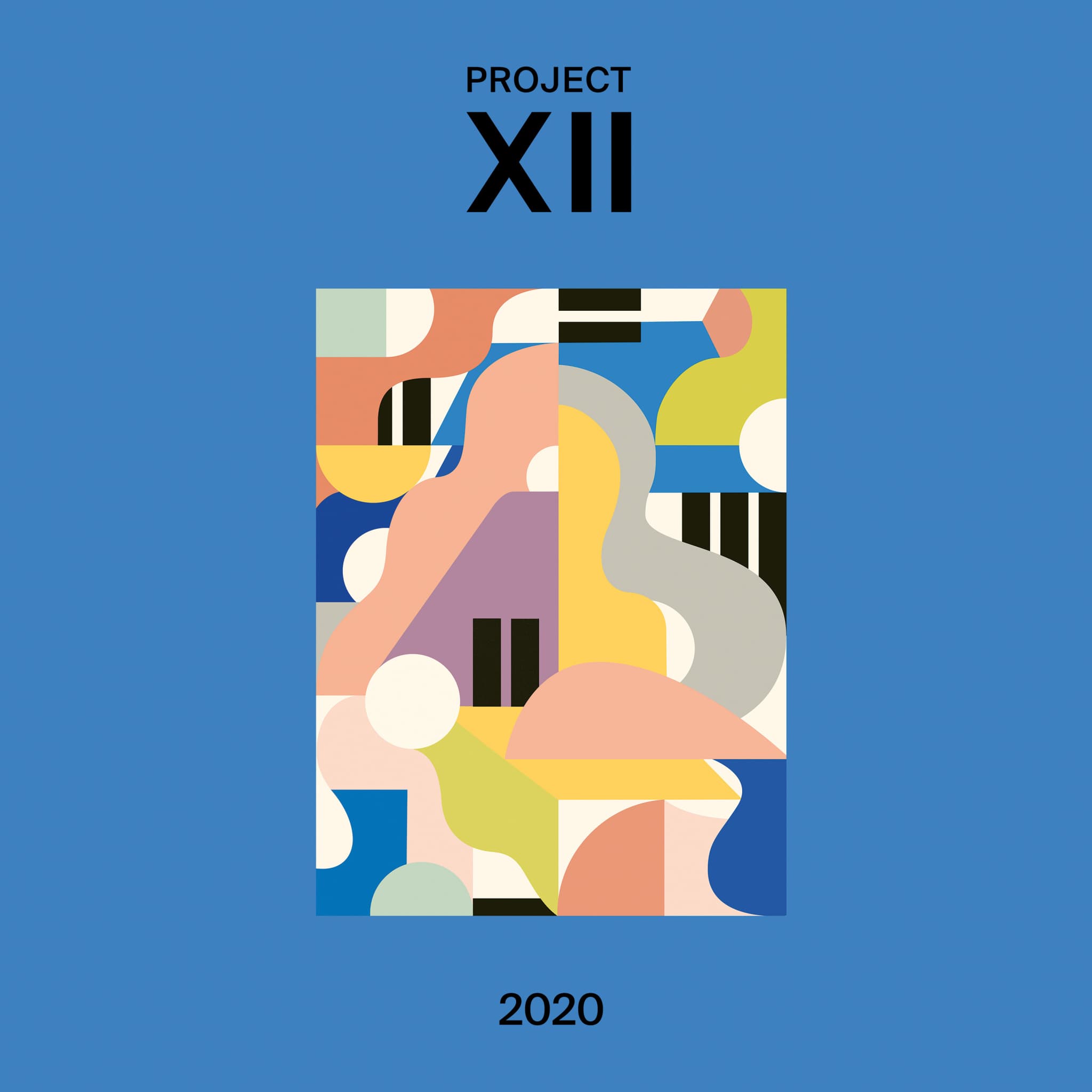Exploring Erik Satie – A Maverick Musician
Discover the captivating story of Erik Satie, a bold artist of the 19th century who wasn't afraid to challenge norms and follow his own creative path. With his unconventional ideas and distinctive humor, Satie left his mark on the musical world.
Satie's Early Life - From Nightclubs to Music Composition
Erik Satie (1866–1925) was a distinctive French composer and pianist, celebrated for his pioneering spirit and his enduring influence on 20th-century music. He is best known for his solo piano compositions such as the Gymnopédies and Gnossiennes, which are acclaimed for their simplicity, clarity, and moments of gentle eccentricity. Early in his career, Satie composed Ogives, Sarabandes, and the now-iconic Gymnopédies (1888), piano works noted for their meditative calm and innovative harmonic language.
Satie's Bizarre Conduct and Influences
Satie was renowned for his eccentric personality—reflected in his music's whimsy and his approach to artistic convention. He often employed dry, ironic wit in both his compositions and personal conduct, distancing himself from the popular musical forms of the day. Living in Montmartre during the 1890s, Satie engaged in the bohemian nightlife, playing in cabarets and immersing himself in Paris's vibrant artistic circles. His friendship with Claude Debussy dates from this period and would prove mutually influential.
Satie's Struggles with His Career and the Established Music World
Satie found his true artistic voice in the late 19th century, breaking free from the conventions of his era and the academic traditions he encountered at the Paris Conservatoire, where he was an unremarkable student. He associated with mystical sects and even founded his own church, the "Église Métropolitaine d’Art de Jésus Conducteur," of which he was its only member. His later studies at the Schola Cantorum under Albert Roussel helped him further refine his craft, though his works continued challenging norms and expectations.
Satie's Sudden Fame and Lasting Legacy
Satie’s music, distinguished by its economy and its break from Romantic excess, paved the way for new musical movements in the 20th century. Dive deeper into his close relationship with other famous French musician, Debussy, and the scandalous first performance that propelled him to sudden fame. Get to know Erik Satie, the composer who refused to be treated as an amateur and created music of great purity and eccentricity.


